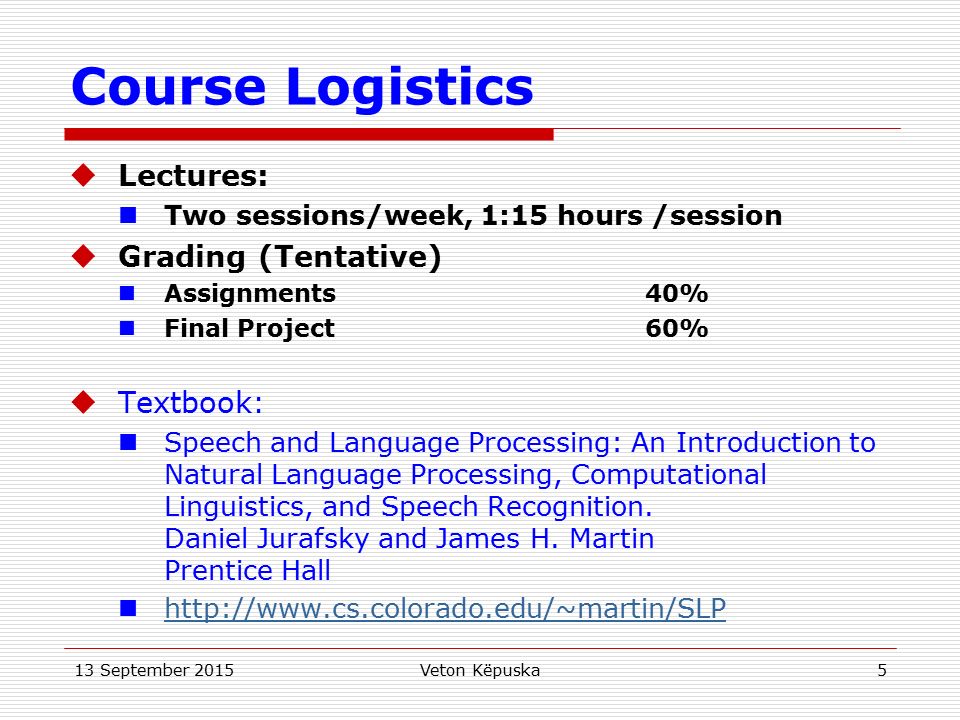Bibliography Includes bibliographical references (p. 909-958) and indexes. Publisher's Summary For undergraduate or advanced undergraduate courses in Classical Natural Language Processing, Statistical Natural Language Processing, Speech Recognition, Computational Linguistics, and Human Language Processing. An explosion of Web-based language techniques, merging of distinct fields, availability of phone-based dialogue systems, and much more make this an exciting time in speech and language processing.


The first of its kind to thoroughly cover language technology -- at all levels and with all modern technologies -- this text takes an empirical approach to the subject, based on applying statistical and other machine-learning algorithms to large corporations. The authors cover areas that traditionally are taught in different courses, to describe a unified vision of speech and language processing.
Conditional Text Indesign Plugin Cs3 Download. Emphasis is on practical applications and scientific evaluation. An accompanying Website contains teaching materials for instructors, with pointers to language processing resources on the Web. The Second Edition offers a significant amount of new and extended material.Supplements: Click on the ' Resources' tab to View Downloadable Files: *Solutions (available 8/15/08)*Power Point Lecture Slides (available 8/15/08) For additional resourcse visit the author website: cs.colorado.edu/~martin/slp.html. (source: Nielsen Book Data)28.
Speech and Language Processing, 2nd Edition [Daniel Jurafsky, James H. Martin] on Amazon.com. *FREE* shipping on qualifying offers. For undergraduate or advanced undergraduate courses in Classical Natural Language Processing.
Find great deals for Speech and Language Processing: An Introduction to Natural Language Processing, Computational Linguistics, and Speech Recognition. Item 7 Speech and Language Processing (2nd Edition), Martin, James H., Jurafsky, Daniel -Speech and Language Processing (2nd Edition), Martin, James H.,. Formulate NLP tasks as instances of various models: bag of words, finite-state automata, and context-free grammars. Apply machine. However, if you like having a book for reference, an optional text is: Daniel Jurafsky and James H. Martin, Speech and Language Processing, 2nd edition, Prentice Hall, 2008. In linguistics, idioms are usually presumed to be figures of speech contradicting the principle of compositionality. That compositionality is the key notion for the.
Synopsis • An explosion of Web-based language techniques, merging of distinct fields, availability of phone-based dialogue systems, and much more make this an exciting time in speech and language processing. The first of its kind to thoroughly cover language technology at all levels and with all modern technologies this book takes an empirical approach to the subject, based on applying statistical and other machine-learning algorithms to large corporations. Builds each chapter around one or more worked examples demonstrating the main idea of the chapter, usingthe examples to illustrate the relative strengths and weaknesses of various approaches.
Adds coverage of statistical sequence labeling, information extraction, question answering and summarization, advanced topics in speech recognition, speech synthesis. Revises coverage of language modeling, formal grammars, statistical parsing, machine translation, and dialog processing. A useful reference for professionals in any of the areas of speech and language processing.' • For undergraduate or advanced undergraduate courses in Classical Natural Language Processing, Statistical Natural Language Processing, Speech Recognition, Computational Linguistics, and Human Language Processing. An explosion of Web-based language techniques, merging of distinct fields, availability of phone-based dialogue systems, and much more make this an exciting time in speech and language processing. The first of its kind to thoroughly cover language technology at all levels and with all modern technologies this text takes an empirical approach to the subject, based on applying statistical and other machine-learning algorithms to large corporations. The authors cover areas that traditionally are taught in different courses, to describe a unified vision of speech and language processing.